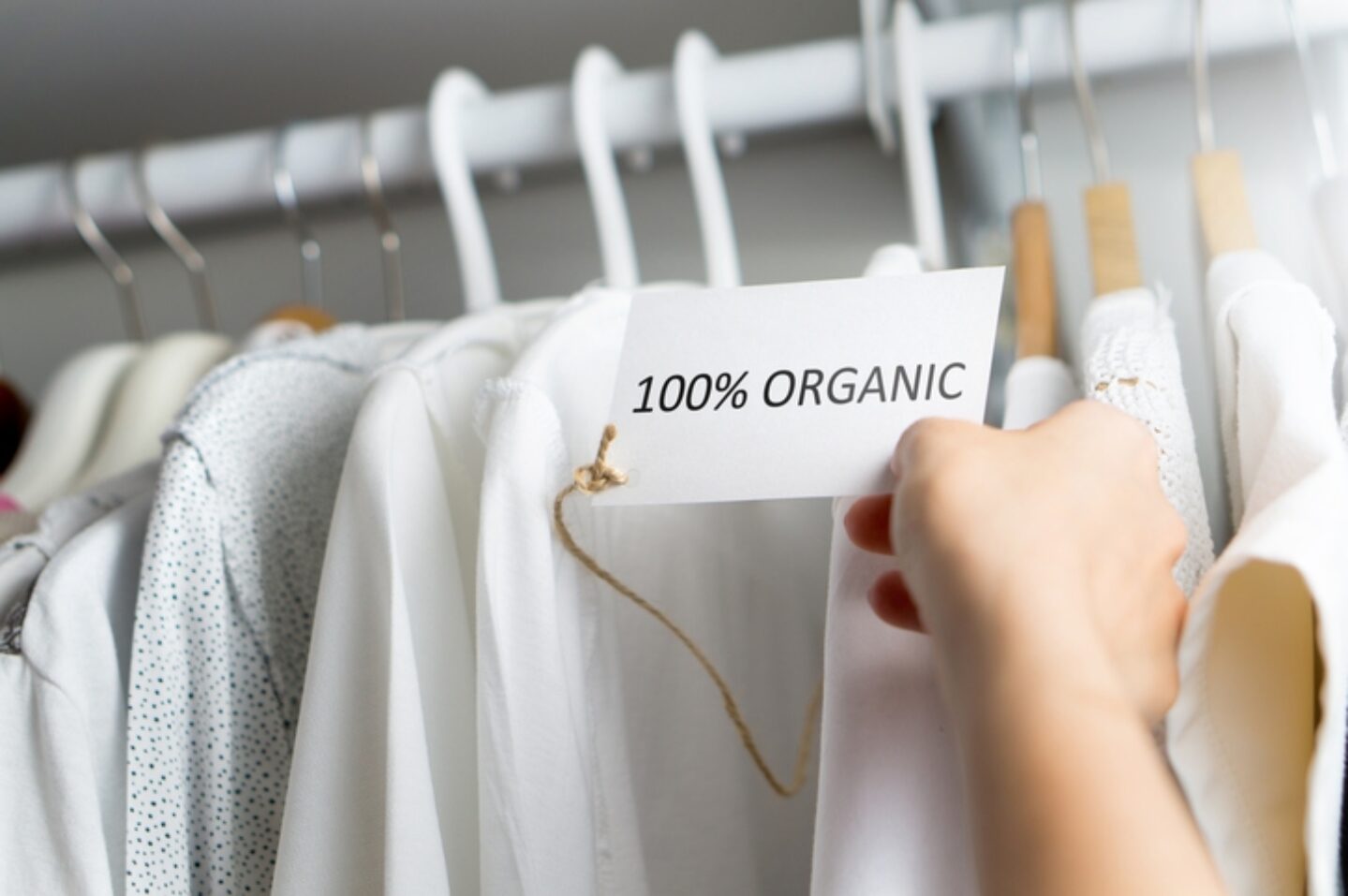Wednesday 8th August 2018

Being a conscious shopper is in fashion. That is, unless you’re a twenty-something, fast-fashion lover. We’ve reached peak fashion clash. On the one hand, brands like MissGuided are churning out polyester bodysuits to the social influencers and stocking up the Love Islanders’ wardrobes quicker than you can say ‘landfill’. Then, brands like John Lewis, H&M, & Other Stories are introducing recycling incentive schemes. Take a bag full of unwanted textiles to one of these shops and they’ll be sent off to reuse, recycle or be used to produce energy – and you’ll get a future discount for your efforts. A mixed message; yes keep buying, but we are doing our bit.
These big-brand commitments are great and finding ways to recycle the excess is definitely a step in the right direction, but the point remains that we are buying too much, too quickly. Wrap reported that in the UK alone, 1,130,000 tonnes of clothing was purchased in the UK in 2016, resulting in 800,000t of process waste from clothing demand. It also takes a massive 1,800 gallons of water to grow enough cotton to make just one pair of jeans and the average American owns eight pairs.
The problem we have at the moment is the people driving the industry towards an unsustainable future, don’t want an organic £40 t-shirt that will last past one season. They want an entire outfit for the same price. The apparent wear-once policy of those in the spotlight is still going strong and just a glance on Instagram proves an entire generation of trend-admirers are following suit.
The textile industry needs an overhaul, and a shift is a long way off. But, there is hope. It was recently reported that more than 65 percent of consumers now actively seek out sustainable textiles, according to Lifestyle Monitor. These are the people that will pave the way for a transparent and environmentally sound textile industry.
To really be ahead in the style stakes, there’s a few things to look out for from your future purchases.
Where did they come from?
Homegrown fashion is best. Shorter supply chains + low carbon footprint = guilt free shopping sprees. If the item has gone full circle, then even better. Paper Round supply workwear made from plastic bottles and the lining of vegan bag brand, Matt and Natt are made from recycled bottles. If your product has a circular story, you’re on to a winner.
Who made it?
The people behind the clothes are important. Aim for clothes manufactured in places with fair pay and working conditions. It’s just as much about the people behind the clothes, as it is about the material they’re made from.
Commitment to the planet
Look for brands that are finding ways to contribute to a sustainable future and a healthy planet. Clothing brand, SiiZU uses 100% sustainable materials and with each purchase, donates to help the American Forest goal of planting 2.7 million trees.
In a world of fast supply and astronomic profits, let’s make considerate textile choices that won’t leave us high and dry.
